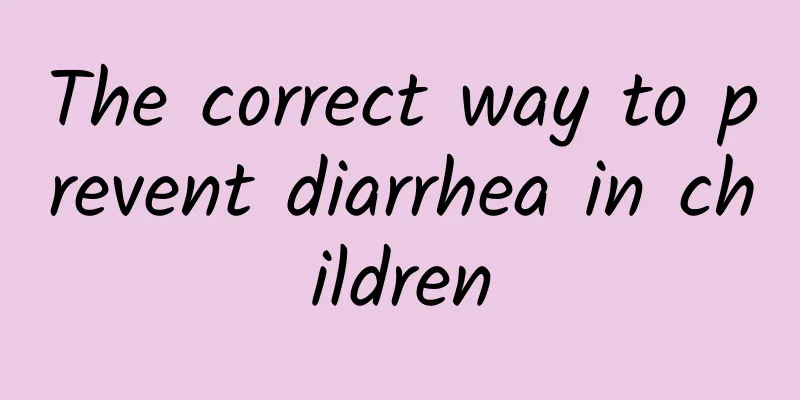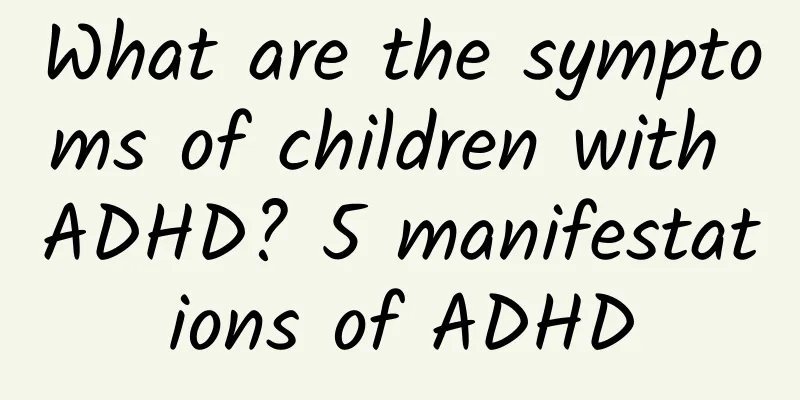How should parents determine the type of neonatal jaundice?

|
Clinically, there are two types of neonatal jaundice, namely physiological jaundice and pathological jaundice. Because the treatment methods of the two types of jaundice are different, parents need to accurately judge the type of jaundice in their newborns. 1. When does jaundice appear? Physiological jaundice: generally appears about 3 days after birth, and in some cases, the skin may turn slightly yellow from the second day after birth, or may be delayed to the fifth day after birth. It gradually worsens and is usually most obvious on the second or third day after the onset of jaundice. Pathological jaundice: Jaundice appears early, often within 24 hours after birth. If a newborn develops jaundice a few hours after birth, usually the first parts to appear are the sclera and face, then this is a dangerous signal. 2. The degree of jaundice Physiological jaundice: mainly determined by measuring serum bilirubin. The highest value of physiological jaundice should not exceed 12mg% for full-term newborns and 15mg% for premature infants. The order of jaundice is that it first appears from the sclera, face, neck and then spreads to the trunk and limbs. Pathological jaundice: Jaundice progresses rapidly, gradually spreading from the face to the trunk and limbs. If the palms and soles of the newborn are found to be yellow, it usually indicates that the blood bilirubin level exceeds 12mg%. There is a simple way to determine jaundice: Mild: Only facial yellowing; Moderate: Yellowing of the skin on the trunk; Severe: Yellowing of the limbs and palms and soles of feet. 3. Time for jaundice to subside Physiological jaundice: Newborn jaundice usually disappears 7-10 days after birth, and no later than 2 weeks after birth. Jaundice in premature infants may be delayed until 3-4 weeks after birth. Pathological jaundice: often more than 2 weeks, premature infants more than 3 weeks. If the newborn is still jaundiced 2 weeks after birth, regardless of the serum bilirubin level, it indicates an abnormal condition. Parents are advised to take the baby to the hospital for necessary examinations to find out the cause of the jaundice. 4. Other details Physiological jaundice: Except for jaundice, the newborn appears normal in all other aspects, such as feeding, sleeping, crying, urination, defecation, body temperature, etc. Pathological jaundice: The mental state of the newborn is obviously not very good, and sometimes the baby stares in one direction, screams, or convulses. |
<<: At what level does jaundice invade the brain?
>>: Are probiotics effective for neonatal jaundice?
Recommend
TCM treatment of nephrotic syndrome in children
Traditional Chinese medicine is one of the most e...
Is polio contagious?
Polio is a disease caused by the polio virus, whi...
Introduction to the radical treatment of patent ductus arteriosus
What is the radical cure for patent ductus arteri...
What should I do if my child coughs badly in the middle of the night?
During the season change, many children are prone...
How to treat children with ADHD
The treatment of children with ADHD requires comp...
Is the baby's cough and fever pneumonia?
Pneumonia in children is relatively common and is...
Is polio hereditary?
Many patients will ask some questions about wheth...
Is hand, foot and mouth disease contagious?
Hand, foot and mouth disease is contagious. It is...
How to treat indigestion in children How to treat indigestion in children
Indigestion in children is a digestive problem in...
What are the symptoms of infant eczema? Have your children ever experienced these symptoms?
The earliest symptoms of childhood eczema are obv...
What to eat when a child has a cough? How to treat a child's cough with diet
The weather is bad, with changes from hot to cold...
How is polio transmitted?
Polio is a common disease. The patients have pret...
What are the misunderstandings about the treatment of children's colds? Several key points for nursing after children have a cold
Colds are common in children, especially in autum...
What is mumps?
Mumps is an infectious disease caused by a virus ...
What nutrients are needed in the diet for Kawasaki disease
What nutrients are needed in the diet for Kawasak...









